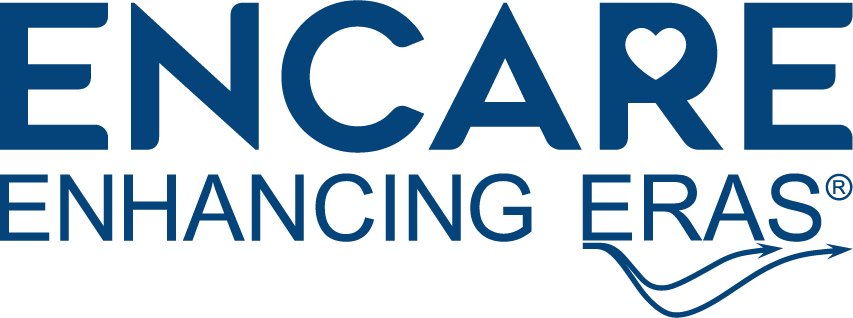HOW ERAS® IMPROVES
PATIENT OUTCOMES
WHAT IS ERAS®?
Enhanced Recovery After Surgery (or ERAS) is a multi-modal, multi-disciplinary, evidence-based care process designed to achieve early recovery for patients undergoing major surgery. All of the ERAS elements are intended to mitigate the stress response to surgery and allow for a more cohesive care pathway to allow patients to recover more quickly and completely. ERAS represents a paradigm shift in perioperative care in two ways. First, it re-examines traditional practices, replacing them with evidence-based best practices when necessary. Second, it is comprehensive in its scope, covering all areas of the patient’s journey through the surgical process.
The central elements of the ERAS® pathway address these key factors, helping to clarify how they interact to affect patient recovery. In addition, the ERAS® pathway provides guidance to all involved in perioperative care, helping them to work as a well-coordinated team to provide the best care. This includes the patients who are integral ‘partners’ in their own recovery process.
An ERAS® pathway covers many care elements throughout the perioperative journey (pre-admission, preoperative, intraoperative, postoperative, discharge, and follow-up care). According to the recently published RECOvER Checklist (K Elias et.al, 2019), these elements must then be related to an audit system for pathway compliance.
One such auditing system is the ERAS® Interactive Audit System (EIAS) provided by Encare®. This is a web-based data entry and analysis system for surgical teams to take advantage of the benefits of the ERAS® Protocol and can be used to facilitate implementation and monitor compliance to the ERAS® Protocols. With an audit system, ERAS® teams can understand their adherence to an ERAS® protocol, receive immediate feedback regarding any deviation from best practice, and analyze the clinical outcomes in real-time.
By continuous follow-up, analysis, adjustments, and improvements, the perioperative team and its management will not only ensure improved quality of care for the patient but also improve the motivation of the staff involved in the preoperative care process. The ERAS® Interactive Audit System (EIAS) becomes a crucial support in the daily decision-making process and an important quality assurance tool.
Applying ERAS® Protocols will reduce complications and save costs.
And we have the proof of that
WHY ERAS® – WHAT ARE THE BENEFITS?
ERAS has been shown to reduce surgical complications which leads to fewer readmissions and shorter hospital stays. This will reduce costs, increase healthcare efficiency, improve patient satisfaction, and promote multidisciplinary teamwork. By working together using the most up-to-date evidence, clinical teams can coordinate their care processes more effectively, reducing the risk of clinical variation and improving compliance to the ERAS program by gathering prospective data to demonstrate real-time service improvements.
WHY ERAS® – WHAT ARE THE BENEFITS?
The ERAS program can be split into various components or “elements.” The key phases of the patient pathway include:
- Pre-Hospital: The pre-hospital phase involves informing the patient about the surgical procedure and how the patient can prepare themselves for the surgery. Providing pre-admission education to the patient is a core principle of enhanced recovery after surgery.
- During this preoperative phase, the clinical teams should coordinate to ensure that the patient is in the best possible condition prior to surgery. This will include a review of patient’s medications and verification that pre-existing medical conditions such as diabetes are well managed. The patient may also be encouraged to adapt their lifestyle to prepare for surgery with measures such as quitting smoking and increasing physical activity. Any questions that the patient and their families have should be answered. Since patients interact with many medical professionals, facilitating open and meaningful communication between the medical professionals can save time, costs, frustrations, and potential errors due to miscommunication.
- Pre-Operative: Prior to surgery, the surgeon and anesthesiologist will perform a thorough assessment, and a plan will be discussed and agreed with the patient (e.g. type of analgesia, type of operation). Throughout the patient pathway, source data should be collected including demographic information and compliance to the various elements of the program. Other interventions — such as carbohydrate loading and shorter fasting times — are also recommended.
- Intra-Operative: The intra-operative phase includes certain elements such as different types of analgesia that may be used such as spinal blockade, opioids and other multi-modal analgesia techniques. The intra-operative phase also provides guidance around management of intravenous fluid therapy and standardized care. Using the relevant ERAS® Society guidelines and current evidence for clinical interventions is of great importance in this crucial phase of the patient pathway. Therefore, the data collected on the ERAS® Interactive Audit System (EIAS) system ensures that evidence-based care is being utilized to achieve the best surgical outcomes possible.
- Post-Operative: The post-operative phase focuses on the patient’s recovery after the surgical procedure is complete. This phase includes IV fluid therapy, patient nutrition, mobilization, and pain management. All members of the clinical team will be responsible for ongoing data collection, data entry, and data analysis. Data should be collected prospectively so that progress can be demonstrated in real-time. Enhanced Recovery programs also urge the patient to engage in action such as walking and approved exercises, as opposed to spending their post-operative days in bed.
- Post-Discharge: The post-discharge phase ensures that the patient’s recovery continues as expected after the patient is discharged from the hospital. Follow-up should be built into the patient pathway to allow for ongoing auditing and feedback.
- Continuous Learning & Improvement: In addition to monitoring the patient’s recovery, following the ERAS processes and ensuring good quality data is being gathered this can also lead to local, national, and international service improvement and research opportunities. This allows the perioperative community to collaborate and contribute to new and emerging research. While Professor Henrik Kehlet proposed the concept of ERAS in the 1990s, recent advances in technology significantly increase the ease of which individuals and groups can communicate, share data, and make real-time edits to electronically monitored projects.
Courtesy by Angie Balfour, ERAS Nursing Specialist, Scotland
ERAS® BENEFITS
FOR THE HOSPITAL
- Optimization of a complex care chain
- Increased staff satisfaction
- Reduced nursing workload
- Fewer readmissions
- Great savings
- Recoup resources
FOR THE PATIENT
- Structured information & participation in the care process
- Patient empowerment
- Fewer serious complications
- Shorter length of stay
- Enhanced recovery
- Improved survival

